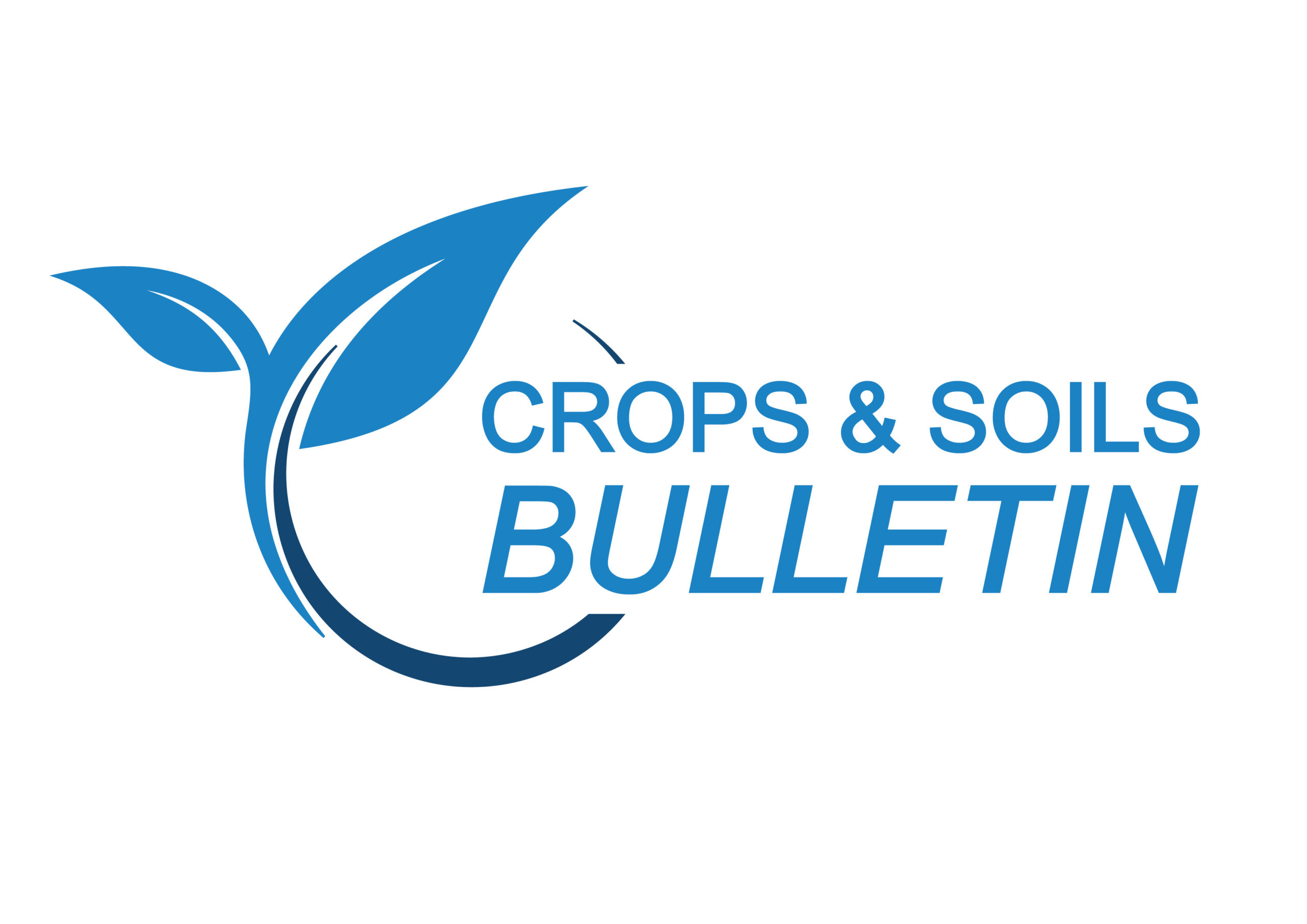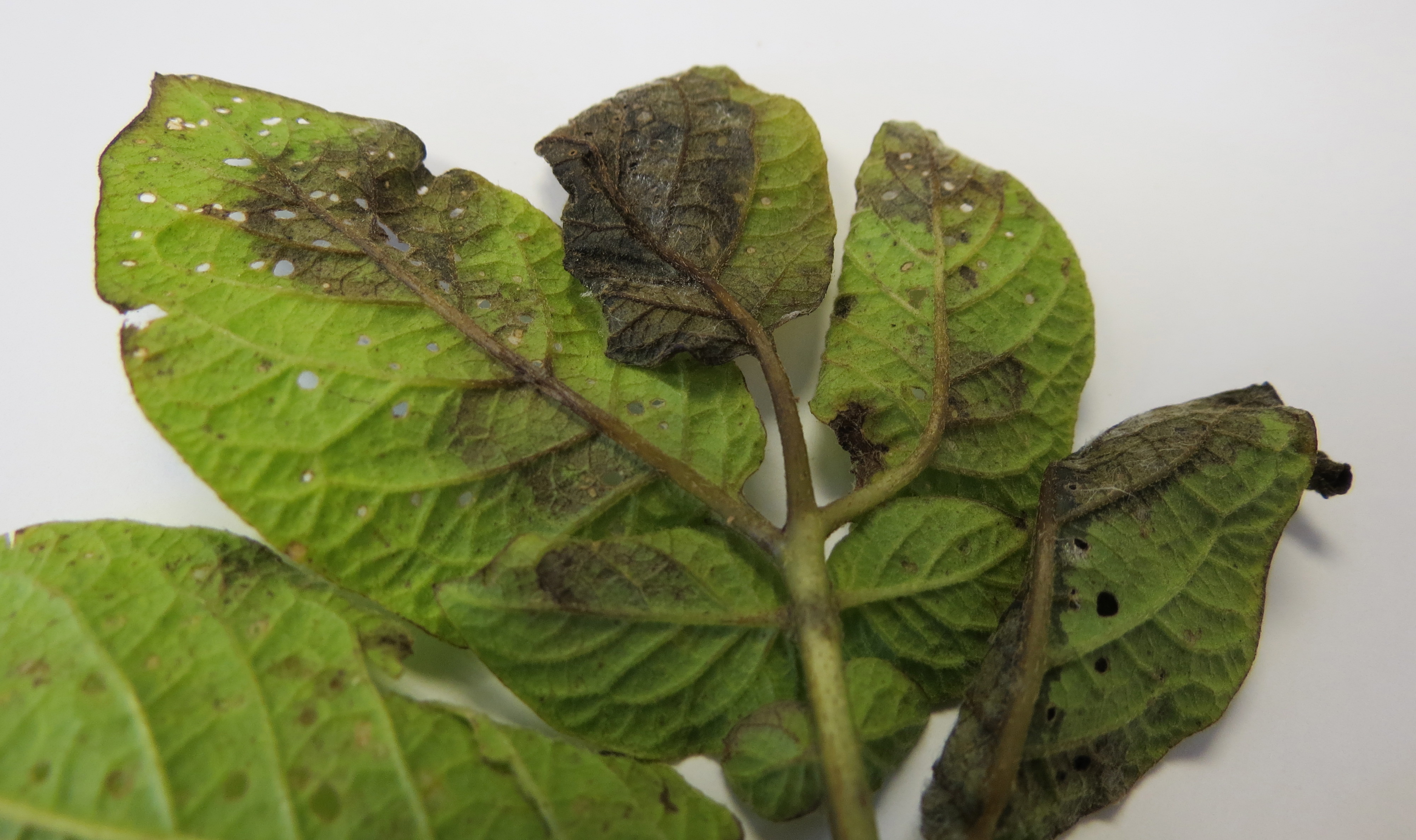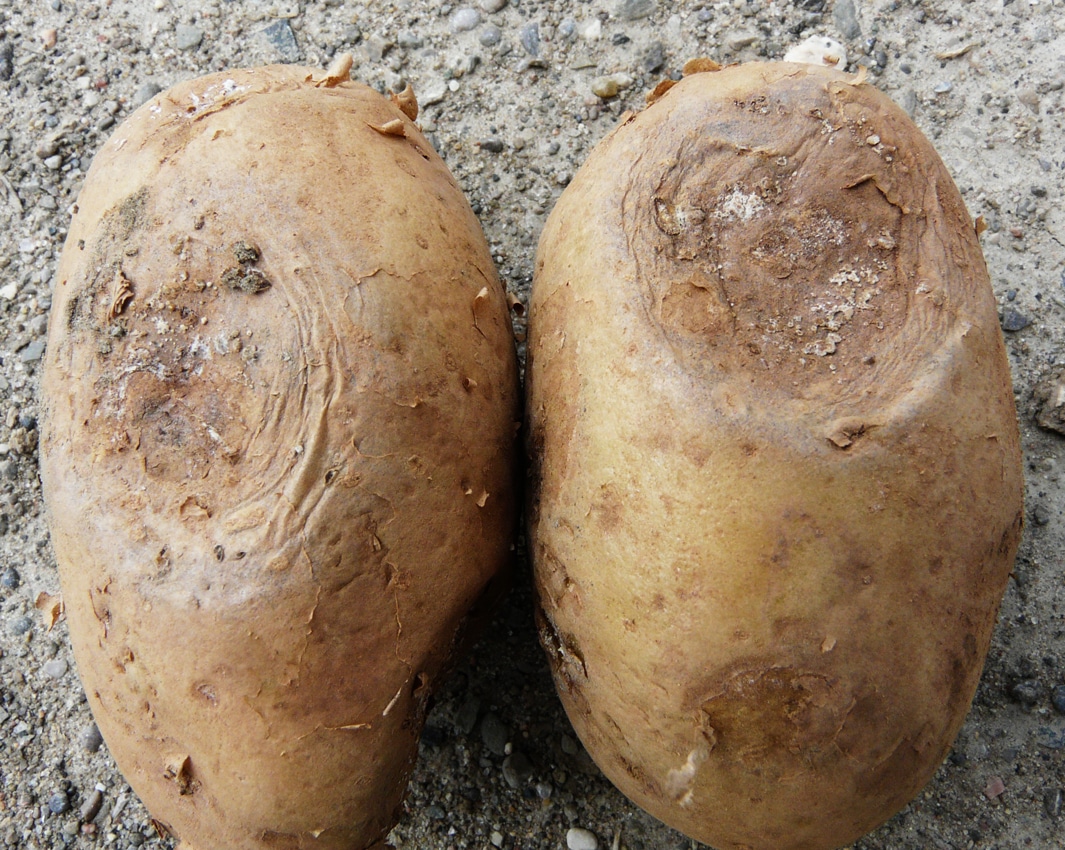

infestans is a coenocytic oomycete or water mould. Phytophthora infestans is a causal organism causing late blight or potato blight, and the term itself denotes a plant destroyer. In addition, you will get to know the symptoms, disease cycle and the control measures of the late blight in potatoes.

Altitude and severity had a weak insignificant correlation suggesting that CMD is likely to be severe regardless of where cassava fields are in the country (2006/7 r= 0.05 P=0.This post describes the effects, favourable factors, and mode of action of the pathogen responsible for potato blight. Although, CMD severity varied significantly among sampled districts (X 2 =11.37 P≤0.05), the mean severity (2006/7 2.95, 2010 3.9) for both surveys illustrated that the disease was severe with pronounced leaf mosaic and distortion patterns. The results revealed wide spread prevalence of CMD and CMBs throughout the cassava growing areas thus threatening cassava production. Two comprehensive surveys which employed field leaf incidence evaluation and viral DNA detection methods were done in 2006/ in order to determine the distribution and diversity of CMBs in Malawi. CMD is caused by several species of circular single-stranded cassava mosaic begomoviruses (CMBs). However, sustainable production of the crop is hampered by Cassava Mosaic Disease (CMD) which reduces tuber yield by up to 95%. In view of the continued widespread occurrence of CMD-causing viruses in Malawi, greater emphasis needs to be placed on the development and application of control measures.Ĭassava (Manihot esculenta) is an important staple crop for farmers in the tropics due to its drought tolerance, low inputs requirements and flexibility in planting, harvesting and storage. DNA analysis showed that almost all CMD in the country is caused by EACMV-like viruses which represented 98.5% and 86% of all begomoviruses detected in 2006/ respectively. Though significantly variable among districts (X2=9.87 p≤0.05), white flies population did not significantly affect percentage leaf incidence and CMD severity indicating that use of clean planting materials was critical for the management of the disease (leaf incidence r=0.14 P=0.67, severity r=0.17 P=0.61). Altitude and severity had a weak insignificant correlation suggesting that CMD is likely to be severe regardless of where cassava fields are in the country (2006/7 r= 0.05 P=0.87, 2010 r=0.12 P=0.70). Although, CMD severity varied significantly among sampled districts (X2=11.37 P≤0.05), the mean severity (2006/7 2.95, 2010 3.9) for both surveys illustrated that the disease was severe with pronounced leaf mosaic and distortion patterns.

CMD is caused by several species of circular single- stranded cassava mosaic begomoviruses (CMBs).

Cassava (Manihot esculenta) is an important staple crop for farmers in the tropics due to its drought tolerance, low inputs requirements and flexibility in planting, harvesting and storage.


 0 kommentar(er)
0 kommentar(er)
